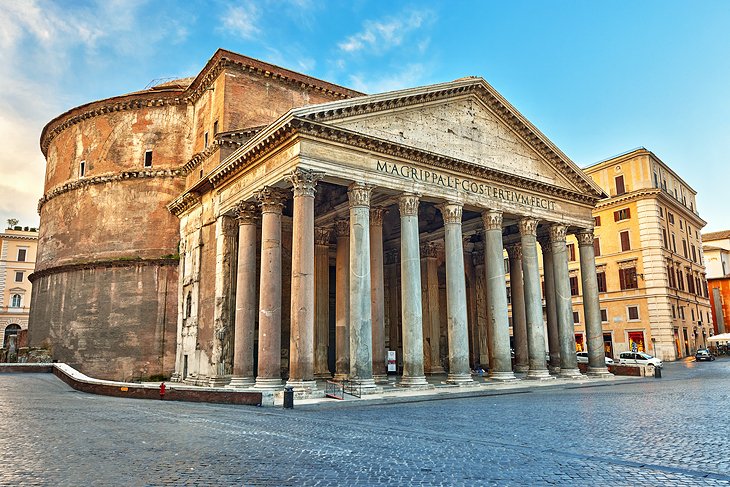Historical Landmarks
ROMAN FORUM

Located at the center of the ancient city of Rome, the Roman Forum was the location of important religious, political and social actitivies. Historians believe people first began publicly meeting in the open-air Forum around 500 B.C., when the Roman Republic was founded. The rectangular-shaped area, sited on low-lying land between Palatine Hill and Capitoline Hill, was home to many of the ancient city’s most impressive temples and monuments. Today, the Roman Forum is one of the most famous tourist sites in the world, attracting more than 4.5 million visitors annually.
COLOSSEUM

Located just east of the Roman Forum, the massive stone amphitheater known as the Colosseum was commissioned around A.D. 70-72 by Emperor Vespasian of the Flavian dynasty as a gift to the Roman people. In A.D. 80, Vespasian’s son Titus opened the Colosseum–officially known as the Flavian Amphitheater–with 100 days of games, including gladiatorial combats and wild animal fights. After four centuries of active use, the magnificent arena fell into neglect, and up until the 18th century it was used as a source of building materials. Though two-thirds of the original Colosseum has been destroyed over time, the amphitheater remains a popular tourist destination, as well as an iconic symbol of Rome and its long, tumultuous history.
PANTHEON

The Pantheon is one of the best-preserved monuments of ancient Rome. The structure, completed around 126-128 A.D. during the reign of Emperor Hadrian, features a rotunda with a massive domed ceiling that was the largest of its kind when it was built. The Pantheon is situated on the site of an earlier structure of the same name, built around 25 B.C. by statesman Marcus Agrippa, and is thought to have been designed as a temple for Roman gods. The Pantheon’s design has influenced countless buildings throughout history, across Europe and throughout the Americas. Today, the Pantheon continues to function as a church, as well as a major tourist destination.
PALATINE HILL

The Palatine Hill is a vital piece of the jigsaw puzzle that is Ancient Rome, whose spectacular ruins are far too often overlooked by visitors to the city en-route to the nearby Colosseum and Roman Forum. But the Palatine is where the long history of Roman civilization began, and where the powerful Emperors of the Imperial age ruled over one of the largest empires the world has ever seen. According to ancient myth, the history of Rome begins right here on the Palatine hill, with a dark tale of fratricide. Rich in history and wonderfully evocative of that distant time, it is one of the must-visit sites on any trip to Rome.